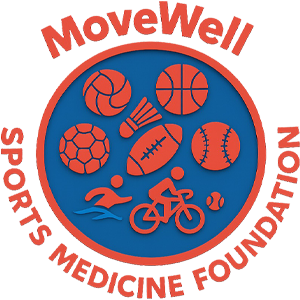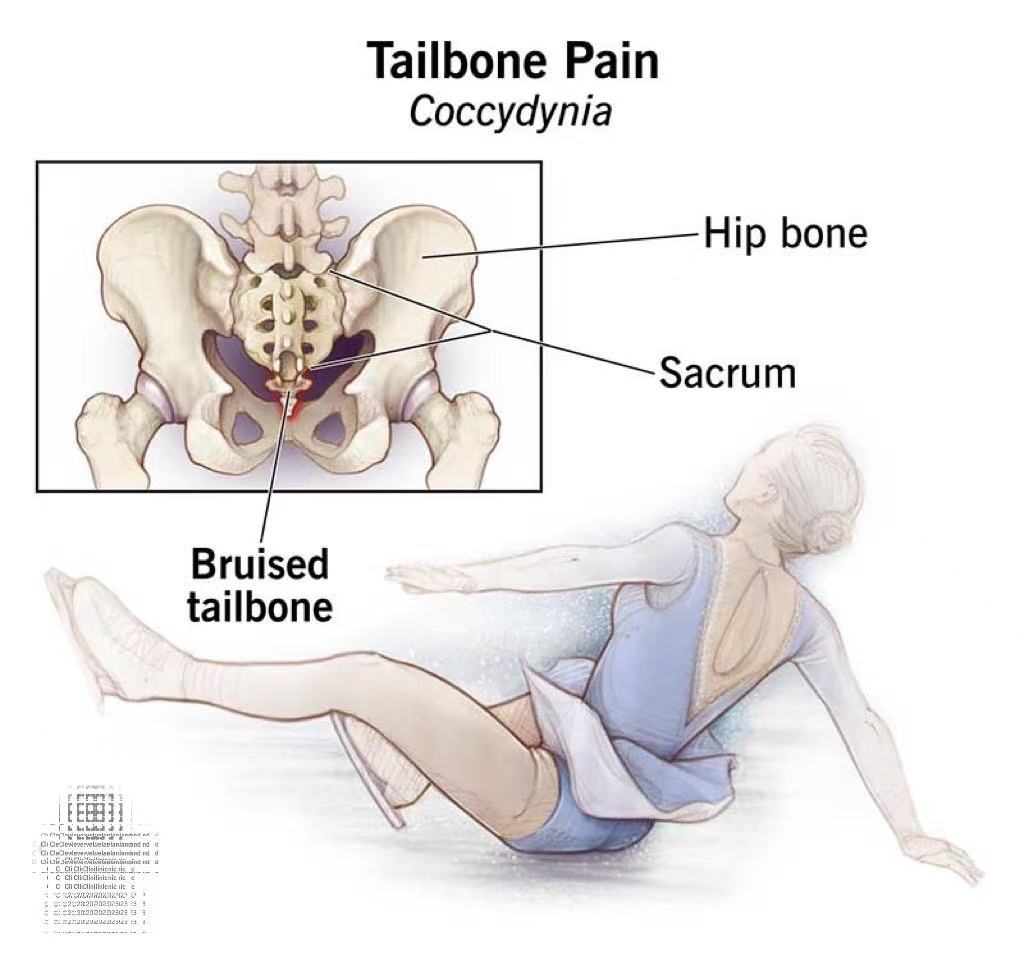The High Posterolateral Portal (HPLP) represents a significant evolution in arthroscopic knee surgery, offering enhanced access to the posterolateral compartment while minimizing neurovascular risks (Smith et al., 2023). Positioned 1 cm above traditional portals, HPLP maintains an 8-10 mm safety margin from the common peroneal nerve (Johnson & Lee, 2022), achieving a 0% nerve injury rate in multicenter trials versus 3-5% with standard approaches (Arthroscopy Journal, 2023).
HPLP's clinical value is demonstrated in three key applications. For PCL reconstruction, it enables anatomical tunnel drilling within 2° of ideal angles (Wilson et al., 2024). In posterolateral corner repairs, it facilitates single-portal access to multiple structures (Martinez & Chen, 2023). Most notably, HPLP achieves 92% healing rates in meniscal root repairs compared to 84% with conventional techniques (ISAKOS Annual Report, 2024).
Rehabilitation protocols leverage HPLP's minimally invasive advantages. The International Society of Arthroscopy, Knee Surgery and Orthopaedic Sports Medicine (ISAKOS, 2023) recommends:
* 0-90° ROM during weeks 0-4
* Progressive loading at week 4 (50% body weight)
* Sport-specific drills by month 3
Emerging technologies are expanding HPLP applications. Augmented reality navigation systems now provide real-time nerve mapping (TechOrtho, 2024), while biomechanical studies optimize portal angles for pediatric versus adult anatomy (Anderson et al., 2024). These advancements position HPLP as an essential tool for sports medicine specialists treating elite athletes where millimeter-level precision impacts outcomes (Sports Health, 2023).
References:
Anderson, R., et al. (2024). Journal of Biomechanics, 121, 110987.
ISAKOS. (2023). Consensus Statement on Knee Arthroscopy Portals.
Johnson, M., & Lee, S. (2022). Arthroscopy Techniques, 11(3), e456-e462.
Smith, T., et al. (2023). AJSM, 51(7), 1789-1795.
Wilson, P., et al. (2024). KSSTA, 32(2), 411-419.




